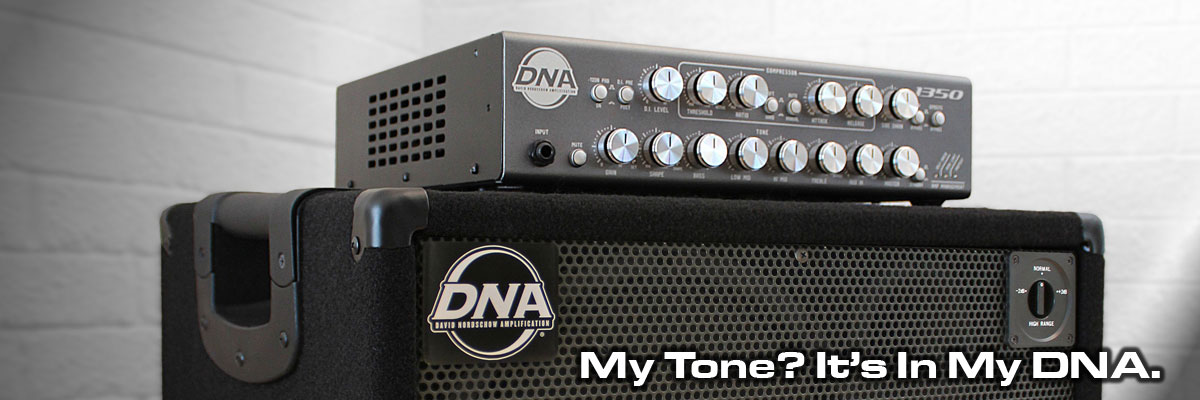Intermediate Bass: Diatonic Modes and Chords
One of the first things I do with an incoming student at Belmont University is to make sure they understand the diatonic modes and chords, and can play them on their instrument. Simply put, the modes are from Classical Music and were used in Gregorian Chant (hence their other name: Church Modes).
Jazz Musicians, starting with Miles Davis and John Coltrane, incorporated the modes into their compositions and soloing and Rock icons, such as the Allman Brothers and the Grateful Dead, have used modes as springboards for
their improvisations. While modes are not the be-all and end-all of improvisation, they are very useful for learning the bass neck and increasing technical facility. We’ll learn the modes in the key of C as well as the diatonic chords they generate.
In general, you can extract the chord arpeggio from any scale by taking the first, third, fifth, and seventh notes from the scale. This will give you the root-third-fifth-seventh configuration of a seventh chord. I’ve done so in the musical examples.
There are many ways to play the scale shapes. A good way is to start with all of the roots on the A string. You can mark your starting points by playing a C major scale up the A string (fingering is not important for this, use your ears and the knowledge of a major scales construction: whole steps between every note except 3 & 4 and 7 & 8, which are half steps). Remember, a whole step is 2 frets on a bass guitar and a half step is 1.
When you’ve found your starting points, you can plug in the scales. Here are some suggested fingerings. All of the scales are on these three strings: A/D/G.
C Ionian: 2-4/1-2-4/1-3-4
D Dorian: 1-3-4/1-3/(back 1 fret)1-2-4
E Phrygian: 1-2-4/1-3-4/1-3
F Lydian: 2-4/1-3-4/1-3-4
G Mixolydian: 2-4/1-2-4/1-2-4
A Aeolian: 1-3-4/1-3-4/1-3
B Locrian: 1-2-4/1-2-4/1-3
Remember, these 7 modes are all made up of the same 7 notes:
CDEFGABC
DEFGABCD
EFGABCDE
FGABCDEF
GABCDEFG
ABCDEFGA
BCDEFGAB
In the following series of lessons, we’ll look at how to transpose this material and some exercises to build speed, dexterity and musical awareness with them. For right now, however, take the time to learn the raw material I’ve presented here. For those interested, a great reference for scales and modes is The Melodic Bass Library by my good friend Jimmy Haslip (CPP/Belwin).
